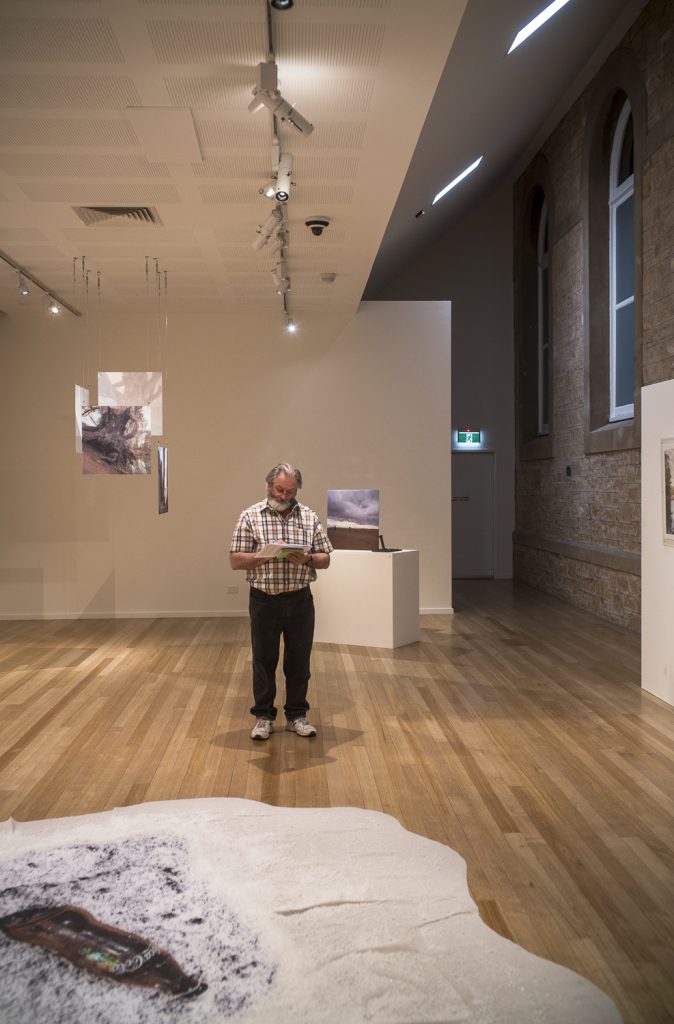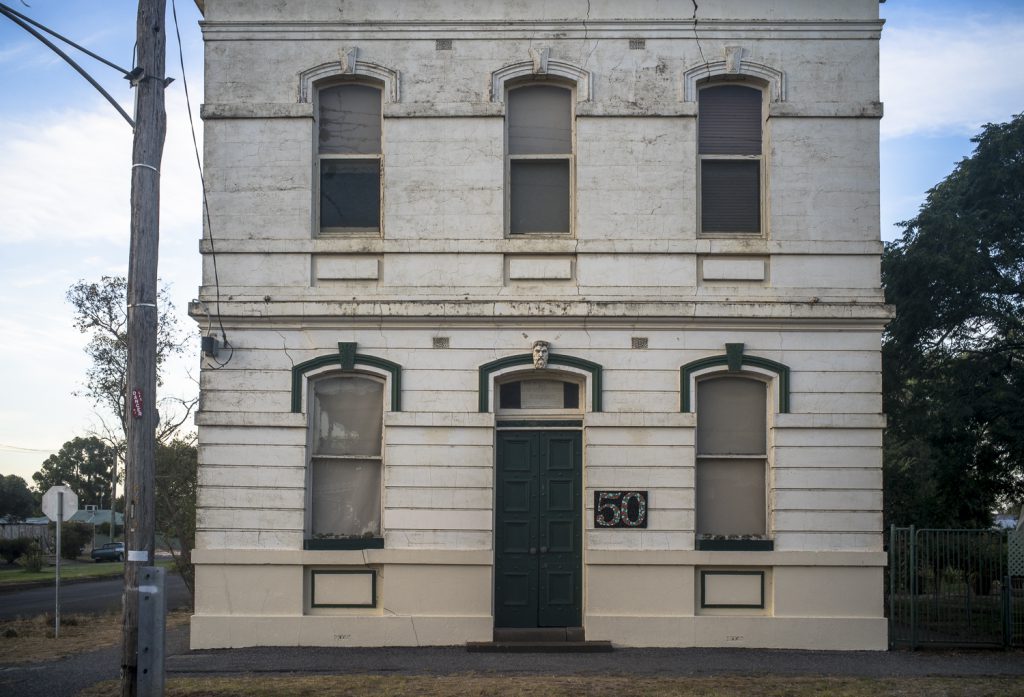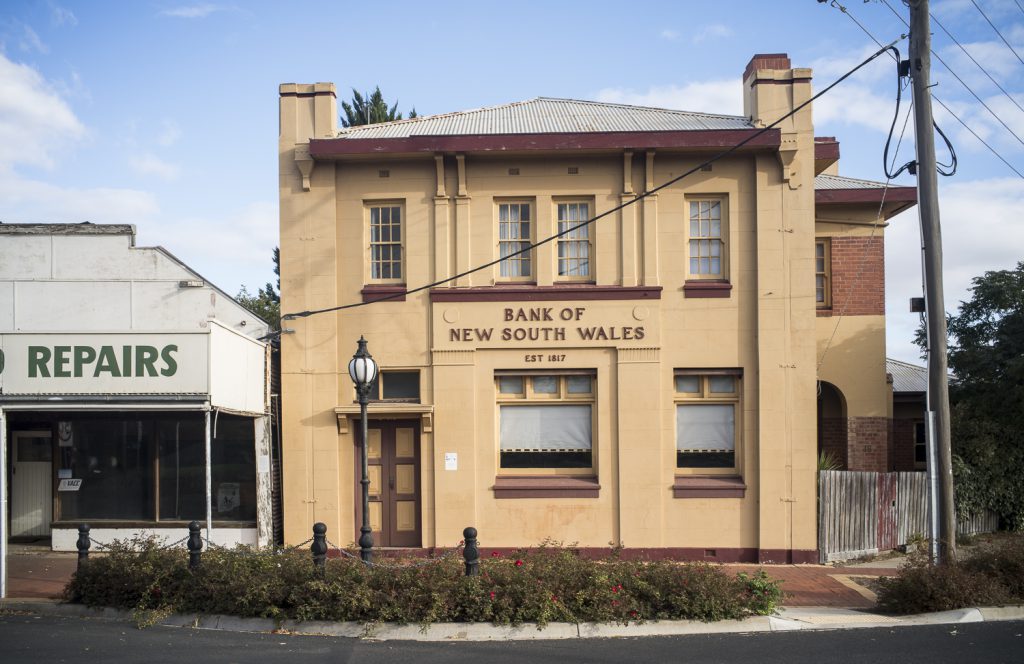This anti-theoretical position is common amongst documentary photographers, and it is entrenched in the traditional documentary aesthetic. It often is expressed in the form of an anti-intellectualism. Consequently, for the anti-theoretical position, the whole of the intense aesthetic/anti-aesthetic debates, which have been taking place in the art institution since the 1980s, is deemed to be irrelevant, or of no concern to picture taking.
The consequence of this ‘I just take pictures’ approach for the Mallee Routes project was that the conceptual underpinnings of the exhibition at the Murray Bridge Regional Gallery –namely absent history, space/place and unknown future–was discarded in favour of a bunch of pictures on a gallery wall with a brief introductory exhibition text.
This kind of refusal (ie., a refusal to theorize, to understand, to consider, to conceptualise) with its intentional drifting and avoidance of the conceptual meant that the exhibition at the Murray Bridge Regional Gallery was a good time for a parting of the ways, and calling a halt to Mallee Routes.

The Photographing the Mallee project however, will continue in the form of Eye on the Mallee. This is a solo project by Gary Sauer-Thompson , which will take place over several years with the end product being a book. This website is in the process of being updated or renewed to make it more relevant for the solo stage of the Photographing the Mallee project.
The eye in Eye of the Mallee is a reference to the culture of photography, its association with vision and the assumptions of the commonplace and dominant view of photography. The commonplace (or positivist view) is that photography records a moment of reality as it actually happened.
It is a window on the world, a message without a code, an automatic image of the world without the creative interpretation of a human being, a mirror of nature. Each new improvement in technology is seen as making up the deficiency in the previous ability to record what is really there. The currently emerging technology is computational photography or the camera as automaton.

The assumption of this commonplace or positivist view of photography is that the camera eye, as monocular as a peephole, produces a frozen disincarnate gaze on a scene external to itself. Photography, in other words, validated the perspectivalist scoptic regime that was generally identified with vision itself after the Italian Quattrocento.
Martin Jay usefully defines a scopic regime as a “model of vision”. He notes that “Cartesian perspectivalism” is the somewhat dominant scopic regime of “modernity”, because it most closely aligns with a very direct “experience of sight valorised by the scientific world view”.
Central to Cartesian perspectivalism’s relationship to representational painting and photography is the concept of the picture plane. The picture plane can be thought of as an imaginary, vertical, transparent window through which we see into the space depicted by a painting. This representation of space within this open window is often depicted using linear perspective.

The “picture plane” is a “surface” that we look “through”, rather than look at or are blocked by. “Seeing through” the picture plane, or its transparency, is only “metamorphic”, a “virtual representation”. The picture plane coexists with the photos surface and, together, they mark the point of contact between the real space occupied by the viewer and the illusionistic space within the photo.
That is the common, traditional or positivist view of photography. The assumptions of this view will be deconstructed throughout the Eye of the Mallee project.


[…] Covid-19 pandemic killed off my plans to start the solo stage of photographing the Victorian Mallee. The plan was to spend a bit of time in the Victorian Mallee […]